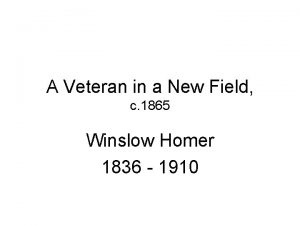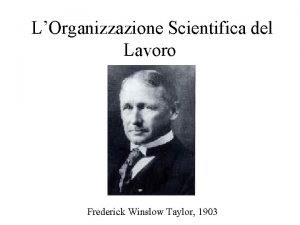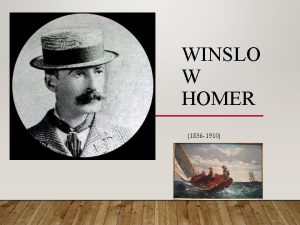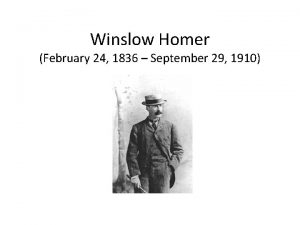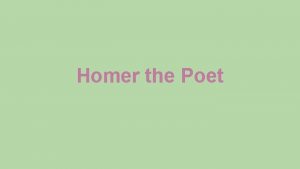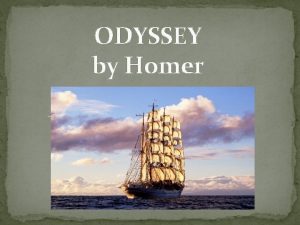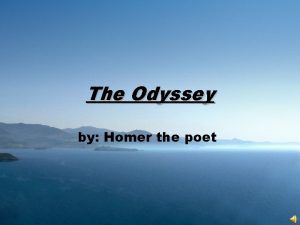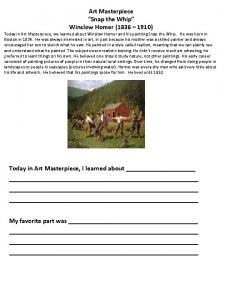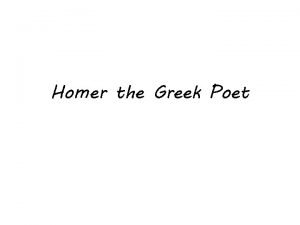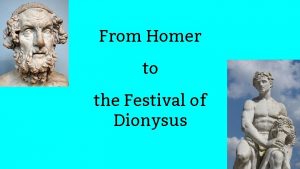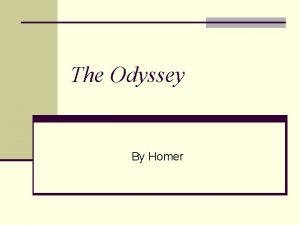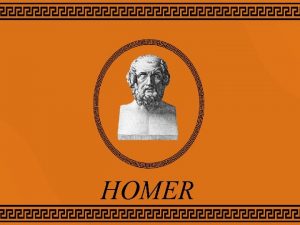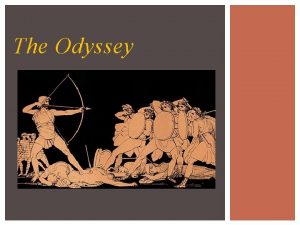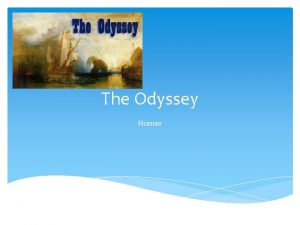Winslow Homer From War to PARADISE 1986 1910



















- Slides: 19

Winslow Homer From War to PARADISE (1986 -1910)

Beginnings • Winslow Homer was one of the most famous American artists of the nineteenth century. • He was born in Boston and began his career as a commercial printmaker (helping to make sheet music covers and newspapers). • What happened in the middle of the nineteenth century? • In 1861, when he was 25, Homer began working for a magazine to document the Civil War. • Could he just take some photographs? • He became an illustrator, traveling to battlefields to draw pictures that would show people around the country what was going on with the war. • Homer did rough sketches and wood engravings. • Homer traveled into the war zone and traveled with the Union army. • What were important skills for someone who had a job as a war illustrator?

“The War for the Union, 1862, A Cavalry Charge”

Sharpshooter on Picket Duty: 1862

Homer often made more than one version of the same picture. Compare and contrast these two pictures.

Life After the War • Homer became famous in the United States because of his wartime artwork. • After the Civil War, Homer turned to everyday life in the new America for his subject matter. • At first, he concentrated on painting people. • His paintings show ordinary people at work or at play. • He showed his subjects in natural light as they really appeared. The Dinner Horn (Blowing the Horn at Seaside), 1870, oil on canvas, Collection of Mr. and Mrs. Paul Mellon

The Veteran in a New Field, 1865 Winslow Homer (American, 1836– 1910) Oil on canvas 24 1/8 x 38 1/8 in.

• One of Homer’s favorite subjects during the 1870’s was a solitary woman absorbed in thought or work. • He painted his first series of watercolors in 1873. The Milk Maid, 1878, watercolor over graphite on paper, Gift of Ruth K. Henschel in memory of her husband, Charles R. Henschel

Landscapes and Seaside Vistas • Gradually, Homer drifted towards paintings of grand landscapes and seaside views. • He moved to Maine and traveled to the Caribbean.

Snap the Whip, 1872 Oil on canvas 12 x 20 in.

What differences can you find between these two versions of Snap the Whip?

Breezing Up (A Fair Wind), 1873 -1876, oil on canvas. Go see this at the National Gallery!

Girl Carrying a Basket, 1882, watercolor over graphite on paper

The Life Line Made in United States, North and Central America, 1884, Oil on canvas. Not a painting from real life. Homer did this after watching a demonstration of this type of “breeches bouy” used to make rescues from sea.

Incoming Tide, Scarboro Maine, 1883, watercolor on paper

Native Huts, Nassau, 1885, watercolor, graphite, and gouache on paper, Collection of Mr. and Mrs. Paul Mellon

The Gulf Stream, 1899. Winslow Homer Oil on canvas, photo 1994 The Metropolitan Museum of Art

The Blue Boat, 1892, watercolor over graphite pencil on paper

Summer Squall, 1904, oil on canvas
 Winslow homer veteran in a new field
Winslow homer veteran in a new field Biology
Biology Who the father of scientific management
Who the father of scientific management Cavitas peritonealis
Cavitas peritonealis John towner williams
John towner williams Frederick winslow taylor teoria
Frederick winslow taylor teoria Definisi kesmas menurut winslow
Definisi kesmas menurut winslow Fw taylor contribution to management
Fw taylor contribution to management Parietal peritoneum visceral peritoneum
Parietal peritoneum visceral peritoneum John williams floral park
John williams floral park Anne winslow
Anne winslow Williams w-1010
Williams w-1010 Organos peritonizados
Organos peritonizados Oxcel finance
Oxcel finance Definisi kesehatan masyarakat menurut winslow
Definisi kesehatan masyarakat menurut winslow Elements of primary health care
Elements of primary health care Teoria de frederick winslow taylor
Teoria de frederick winslow taylor Peritoneal cavity meaning
Peritoneal cavity meaning Hepatic bursa
Hepatic bursa Civil war first modern war
Civil war first modern war
